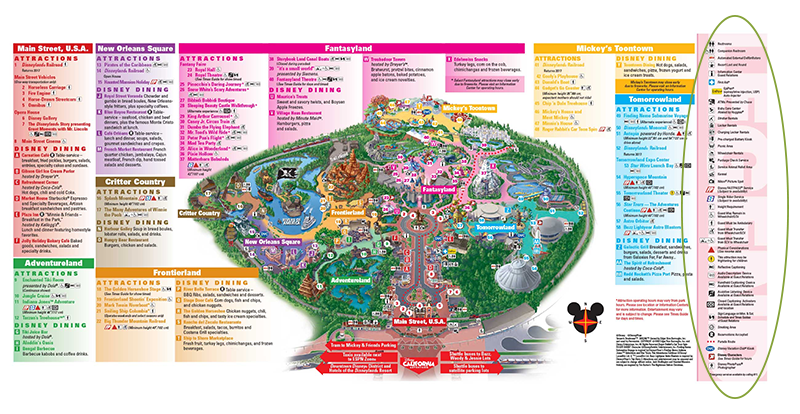by Terri
My sister got married just outside of Jerusalem yesterday. I have been in Israel with my family for the last almost month. Working over an eight hour time difference has been... fun. In the way of sticking sharp objects in one's eyes and dental surgery sans anesthesia. On the other hand, I have lots of great pictures. Here is a selection:
Half of Reading Station/תחנת קריה. This is an old bus stop, repurposed into a free library.
[Image shows a man, woman and stroller in front of a bus shelter filled with bookshelves]
Wine grapes (either cabernet or malbec) at the Tzuba Winery. [Image shows two clusters of blue-purple grapes amid healthy green leaves]
Mosaic map of The Cardo (Roman street in the Old City of Jerusalem.
A solo cat and a cat who owns a person consider each other, rather like the cats in The Aeronaut's Windlass. [Image shows a thin cat with a white belly and calico back staring down a much more well fed grey and black tabby with a red collar]
Monster at the western retaining wall of the Temple Mount (also known as The Kotel). [Image shows a small child in a red t-shirt and rainbow skirt touching the stones of a wall that's over 2000 years old.]
Making friends with a boa constrictor at the Biblical Museum of Natural History. [Image shows me with a large brown snake wrapped around my arms whose head is extending up my neck. The expression on my face is half amused, half terror]
Wide interior shot of the stalactite caves in the Sorek Valley. Visible in the center is the stalagmite feature often referred to as "the ice cream cone with three scoops."
Classic shot of the Kotel and Temple Mount. [Image shows the stone wall of the Temple mount and the gold dome of the Dome of the Rock mosque]

![Half of Reading Station/תחנת קריה. This is an old bus stop, repurposed into a free library. [Image shows a man, woman and stroller in front of a bus shelter filled with bookshelves]](https://images.squarespace-cdn.com/content/v1/56565a97e4b0acafe106535a/1502565935280-OGPO27C9M382OV3O3K0Z/image-asset.jpeg)
![Wine grapes (either cabernet or malbec) at the Tzuba Winery. [Image shows two clusters of blue-purple grapes amid healthy green leaves]](https://images.squarespace-cdn.com/content/v1/56565a97e4b0acafe106535a/1502599545239-7N1HDLLZ19RV57CWL5X7/image-asset.jpeg)

![A solo cat and a cat who owns a person consider each other, rather like the cats in The Aeronaut's Windlass. [Image shows a thin cat with a white belly and calico back staring down a much more well fed grey and black tabby with a red collar]](https://images.squarespace-cdn.com/content/v1/56565a97e4b0acafe106535a/1502566835316-YXD030TC8ZUW813F6EM4/image-asset.jpeg)
![Monster at the western retaining wall of the Temple Mount (also known as The Kotel). [Image shows a small child in a red t-shirt and rainbow skirt touching the stones of a wall that's over 2000 years old.]](https://images.squarespace-cdn.com/content/v1/56565a97e4b0acafe106535a/1502598716525-14YIF7P5BSQ9G98E0KAC/image-asset.png)
![Making friends with a boa constrictor at the Biblical Museum of Natural History. [Image shows me with a large brown snake wrapped around my arms whose head is extending up my neck. The expression on my face is half amused, half terror]](https://images.squarespace-cdn.com/content/v1/56565a97e4b0acafe106535a/1502566658164-C66EJ9RZYBMAUGR1OVCB/image-asset.jpeg)

![Classic shot of the Kotel and Temple Mount. [Image shows the stone wall of the Temple mount and the gold dome of the Dome of the Rock mosque]](https://images.squarespace-cdn.com/content/v1/56565a97e4b0acafe106535a/1502599120393-F5ZFT8SX7FAFI3OOMLE4/image-asset.jpeg)







